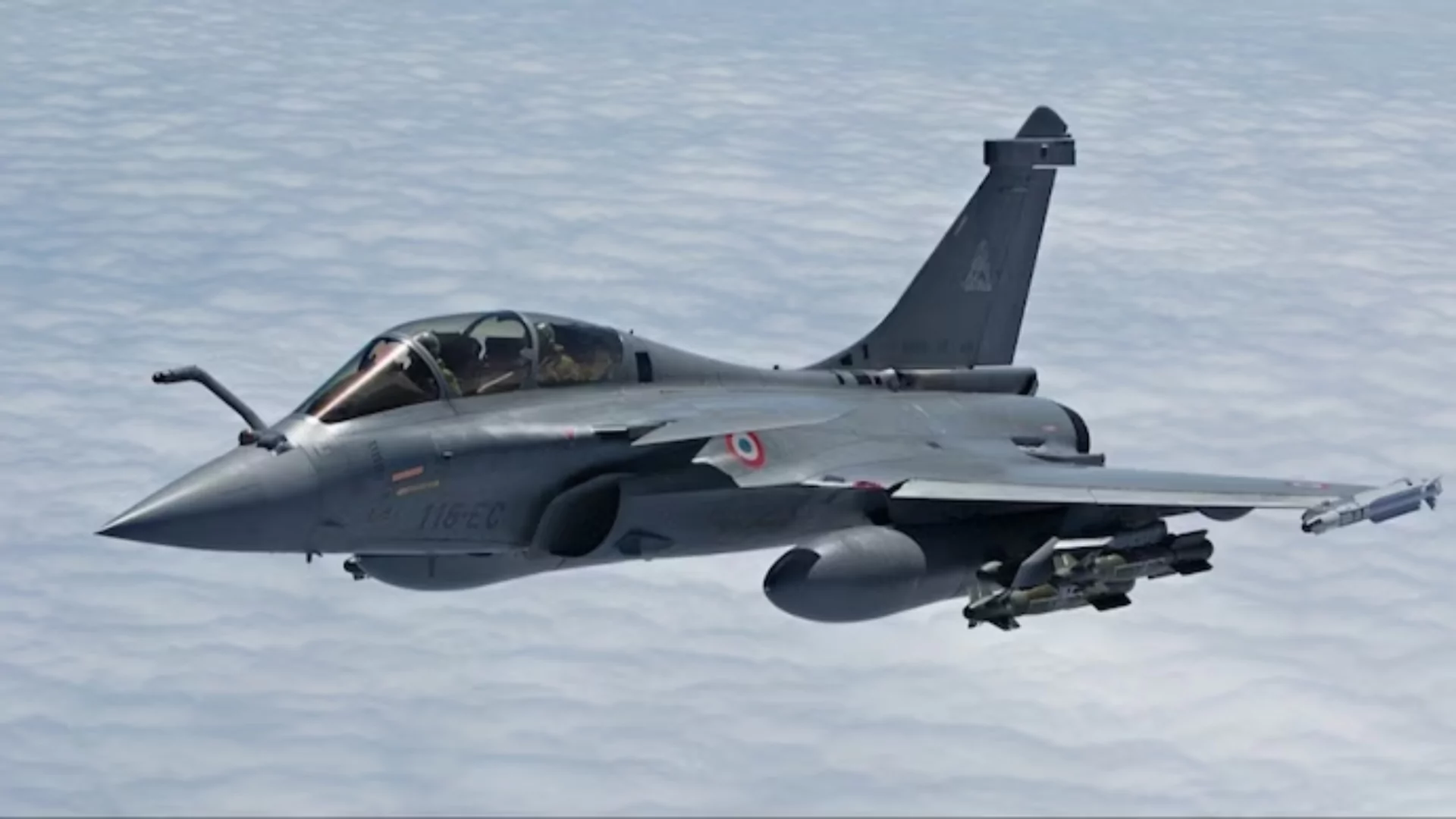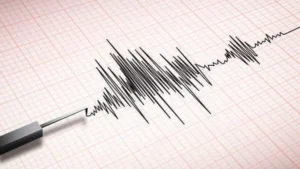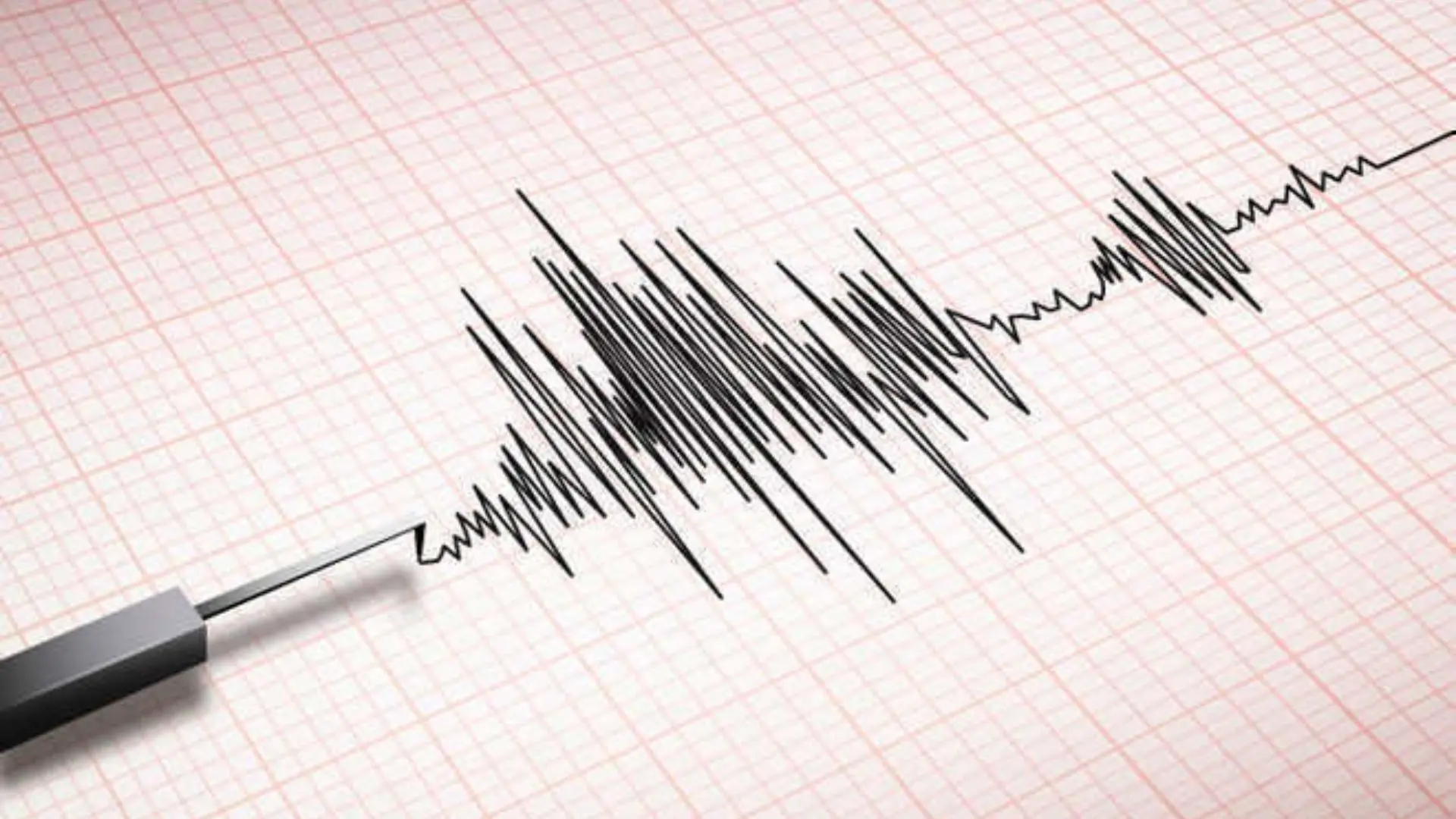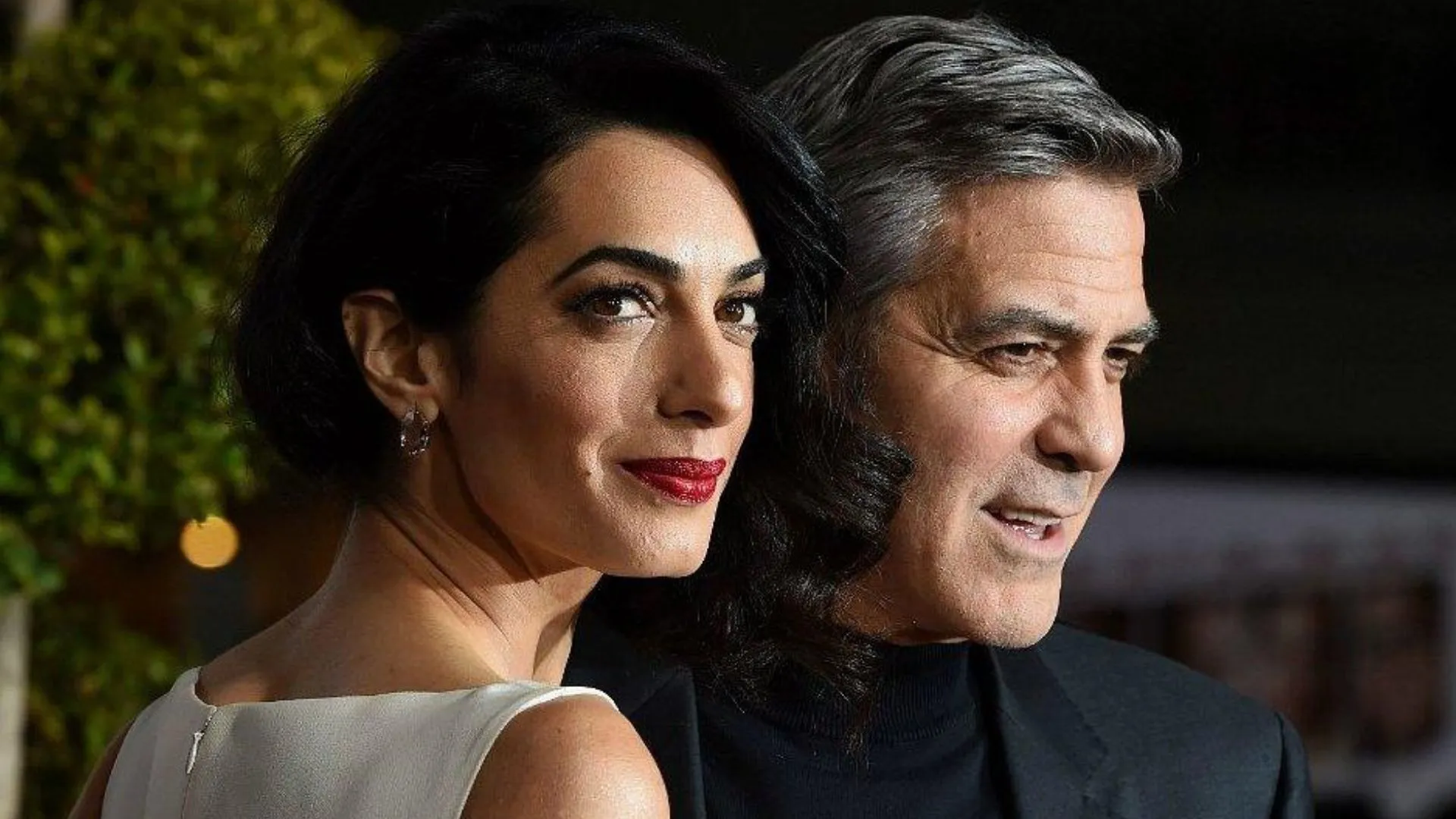The Defense Acquisition Council (DAC), chaired by Defense Minister Rajnath Singh, is expected to approve the acquisition of 26 Rafale-Maritime strike aircraft for the Indian Navy’s aircraft carrier INS Vikrant during its meeting on Tuesday. According to sources familiar with the matter, the cost negotiating committee is expected to be convened soon after the adoption of the final amendment, marking a crucial step towards strengthening India’s maritime defense capabilities.
New Frigates on the Horizon: Project 17B Stealth Ships
In addition to the Rafale-Maritime deal, Singh is also likely to give the nod for the construction of seven new Project 17B stealth frigates, with an estimated cost of ₹70,000 crore. Each of these frigates will weigh approximately 8,000 tonnes and is expected to feature significant strike capabilities, enhancing the Indian Navy’s operational strength in the Indian Ocean region.
Abandoning DRDO’s Experimental Radar Integration
Sources have revealed that the DAC is expected to drop the amendment for integrating the Defence Research and Development Organization’s (DRDO) experimental Active Electronically Scanned Array (AESA) radar on the Rafale-M fighters. The integration of the new radar has been deemed prohibitively expensive, and its incorporation could significantly delay the project. The Indian Navy is in immediate need of the Rafale-M fighters to bolster the capabilities of INS Vikrant, particularly given the limited number and aging condition of MiG-29K fighters currently on board INS Vikramaditya.
Boost in Naval Capabilities: Predator Drones and Kalvari-Class Submarines
Over the next three months, India’s naval capabilities are expected to see a significant enhancement with several key acquisitions. The government aims to finalize the deal for 41 MQ-9B Predator armed drones before October 31, while approvals for the Rafale-M fighters and the indigenous construction of three additional Kalvari-class submarines are anticipated by the end of the year. Defence Minister Rajnath Singh’s recent visit to the United States included discussions about the Predator drone acquisition, with the manufacturer, General Atomics, presenting their proposal at the Pentagon.
The Biden administration has expressed its readiness to supply India with advanced military hardware, while French President Emmanuel Macron’s government has also shown strong support for boosting India’s indigenous manufacturing capabilities for fighters, underwater drones, and long-range missile systems.
Strategic Challenges: Countering China’s Growing Naval Presence
Despite previous long-term plans projecting the Indian Navy as a 200-warship force by 2027, resource constraints and procedural delays have slowed progress. The urgency to enhance maritime capabilities has grown as the Chinese People’s Liberation Army (PLA) Navy is expected to increase long-range patrols in the Indian Ocean within the next two years. With strategic turn-around bases established in Pakistan, Sri Lanka, Djibouti, Cambodia, and eyes on Bangladesh, the PLA Navy has become increasingly assertive, displaying aggressive behavior towards Japan and the Philippines by sending ships and aircraft into Japan’s Exclusive Economic Zone (EEZ) and challenging Philippine naval operations.
Future Plans: Advanced Destroyers to Strengthen Maritime Defence
Given the deteriorating strategic environment in the Indo-Pacific, the Indian Navy is expected to approach the DAC for the construction of advanced Project 15-class destroyers in the near future. These 10,000 to 12,000-ton warships are anticipated to be equipped with anti-ballistic missile systems and drone launch capabilities, further solidifying India’s naval strength amid rising regional tensions.





















